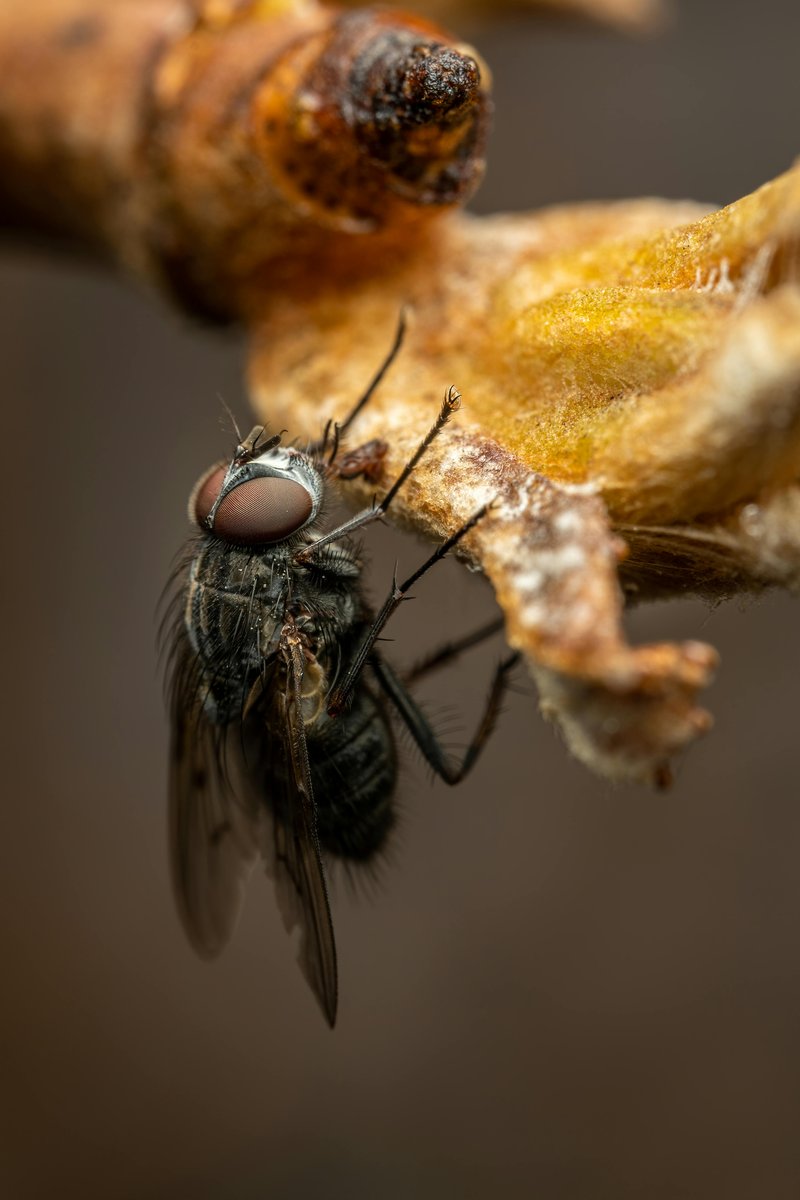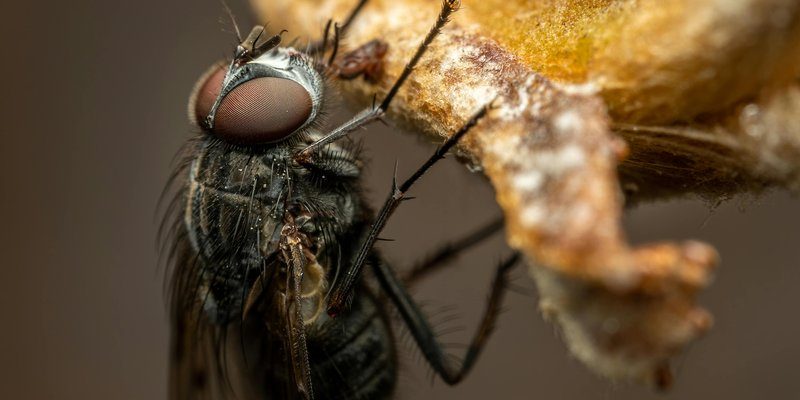
So, what’s the deal with botflies? These unusual insects are known for their unique life cycle and host selection methods that sound almost like something out of a horror movie. Their ability to zero in on potential hosts is a mix of instinct, environmental cues, and, surprisingly, a bit of luck. In this article, we’ll dive deep into the world of botflies, exploring how they pick their victims and what that means for the ecosystem—and for us humans.
What Are Botflies?
Before we get into how botflies select their hosts, let’s take a moment to understand what they actually are. Botflies are members of the family Oestridae, known for their parasitic lifestyle. These creatures have a pretty unique life cycle that revolves around other animals. They primarily target mammals, and yes, that includes humans!
Most commonly, botflies are found in tropical and subtropical regions. They have thick, hairy bodies and can be mistaken for bumblebees. You might think you’ve just spotted some fuzzy insect buzzing around, only to realize it’s a botfly looking for a host. Here’s the thing: the adult botfly has no functional mouth and doesn’t even eat. Its only job is to reproduce, which means it’s laser-focused on finding the right spot to lay its eggs.
The most notorious botfly species, Dermatobia hominis, is known for targeting humans. Its life process is a gruesome spectacle, turning the host into an unintentional nursery for its larvae. This leads us to understand just how selective and strategic these little pests can be when it comes to choosing their hosts.
How Do Botflies Find Their Hosts?
You might be wondering how botflies manage to locate potential hosts. It all starts with the female botfly, who’s like a skilled detective on a mission. She uses a combination of sensory cues to find her next target. Here’s where it gets interesting: they can smell carbon dioxide!
When a mammal exhales, it releases carbon dioxide as a byproduct of respiration. Female botflies are drawn to this scent, much like how moths are attracted to light. Once she’s picked up on the smell, she hones in on the source. In many cases, she’ll follow the trail until she lands on the host, ready to deposit her eggs.
Besides carbon dioxide, botflies are also attracted to body heat. This means that larger animals, like cattle or even humans, become prime targets. If you’re sweating on a hot day, you might be sending out signals that make you an even more appealing host. So, it’s not just bad luck when a botfly insists on buzzing around you—it’s science!
The Egg-Laying Process
Once the female botfly locates a suitable host, it’s time for her to get to work. She lays her eggs directly onto the host’s skin or in the vicinity of a wound. The process can be quite intricate, as she has to ensure that her eggs are placed perfectly for development.
After laying her eggs, she’ll often take off, leaving them behind to hatch. The fascinating part? The eggs are incredibly sensitive to their environment. They can detect warmth, and when they sense a rise in temperature, usually from the host’s body, they’ll hatch. This is often the moment when the larvae burrow into the skin of their unsuspecting host, beginning their parasitic lifestyle.
You can think of it like planting seeds in a garden—they need the right conditions to sprout and grow. For botfly eggs, that “garden” is the host’s body, where they thrive and develop into larvae.
Why Do Botflies Choose Specific Hosts?
The selection of hosts by botflies isn’t random; it’s highly calculated. Selecting the right host is crucial for the survival of their larvae. They often opt for larger mammals, as these provide a steady supply of nutrients and a safe environment for growth. Imagine trying to raise a family in a stable home versus a tiny apartment—it makes sense that bigger hosts are preferred!
Additionally, the immune system of the host plays a significant role. Botflies are quite savvy, as they tend to choose hosts that are either weakened or have wounds. A compromised immune system makes it easier for the larvae to survive and grow without getting rejected. It’s almost like they seek out those who are already struggling, which is a harsh reality of nature.
Furthermore, botflies also consider environmental factors. For example, their target species might be more abundant in certain regions or times of year, influencing their choice. This adaptability ensures that they maximize their chances of successful reproduction—talk about survival of the fittest!
The Life Cycle of a Botfly
To fully grasp how botflies navigate their peculiar world, let’s take a closer look at their life cycle. It includes several stages: egg, larva, pupa, and adult. Each step is crucial for the continuation of their species.
It all begins with the female botfly laying her eggs on or near a host. After hatching, the larvae burrow into the host’s skin, where they feed on blood and tissue. This phase can be quite uncomfortable and can lead to various health issues for the host. You might compare it to having an uninvited guest who refuses to leave.
After a while, the larvae will grow and eventually exit the host to pupate in the soil. Here, they transform into their adult form, completing their life cycle. The emergence of the adult botfly is like a new chapter, where the cycle can begin again. They’ll take to the skies, looking for their next opportunity to give birth to new generations.
This complex life cycle keeps botflies thriving despite many challenges, making their host selection process even more critical.
Impacts on Ecosystems and Humans
Botflies aren’t just interesting; they also play a role in their ecosystems—though not always one we would cheer for. Their presence can significantly affect the health of their hosts. For mammals like livestock, botfly infestations can lead to stress, decreased productivity, and even death in severe cases.
For humans, while botfly infections are rare, they can happen, especially in tropical areas. The presence of botfly larvae can cause painful boils or lesions that may require medical treatment. It’s a harsh reminder of how intricately linked various life forms are in an ecosystem—a balance that can be disrupted by the actions of one small insect.
On the flip side, botflies help scientists understand more about parasitism and its effects on hosts. By studying how these insects select their hosts and interact with them, researchers gain insights into broader ecological patterns and health issues.
Botflies may seem like creepy little pests, but their methods of selecting hosts are a remarkable example of nature’s complexity. From using sensory cues to making strategic choices based on environmental factors, these insects demonstrate a unique survival strategy. While they can cause discomfort and health issues for their hosts, they also play a crucial role in maintaining ecosystem balance.
Next time you hear about these unusual insects, remember that there’s a fascinating story behind how they find their homes and families. Whether you’re in the field of entomology or simply a curious observer of nature, understanding botflies and their host-selection process reveals just how intricately life connects us all. So let’s keep our eyes open as we explore more of the wonders that nature has to offer!

